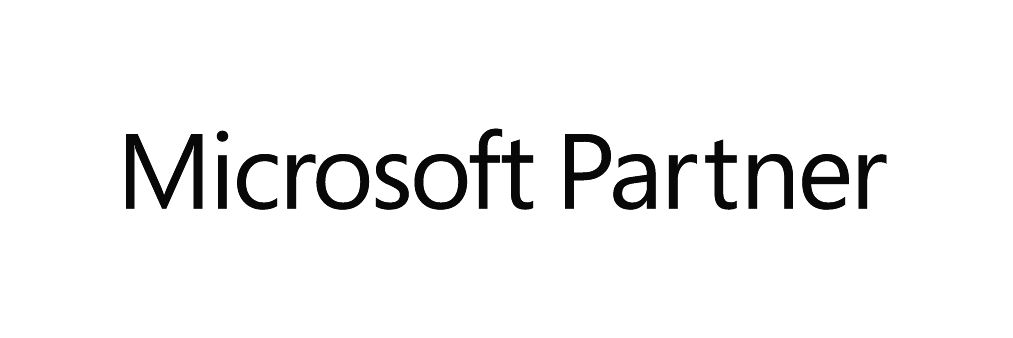US Dept. of Commerce Bans Kaspersky Antivirus
US Dept. of Commerce Bans Kaspersky Antivirus
Current Filter: virus infection
US Dept. of Commerce Bans Kaspersky Antivirus
Email can be hacked in a variety of ways. One such method is tricking people into opening an infected email attachment. Once opened, the email account and contact list can become vulnerable to the hacker.
Unfortunately, there’s no way to provide 100% complete protection from hackers and spammers. But don’t despair, that’s no reason to throw out all the computers and go back to paper and pencil. There are recommended best practices for businesses to follow that can help better protect your network, your Windows devices, and your business-critical data.
It can happen to anyone. Sometimes all it takes is opening an infected email attachment or entering your email username and password into a website portal that turns out to be fake. Unfortunately, with the way digital technology works, if you're connected to the internet, you can be hacked. Here are ten steps you should take when your email account is hacked.
Even the most sophisticated security plan may not protect you from an employee that clicks on a bad hyperlink, that attempts to open a dangerous email attachment, or that allows a fake technician to remote into their computer. The well-meaning employee is often the weakest link in your security plan. Hackers know this which is why they target your employees daily with email phishing campaigns, popups, browser redirections and alerts urging them to call fake technicians.
Members of the BleepingComputer forums began reporting on February 19, 2019 that their D-Link DNS-320 network-attached storage devices were being attacked by the Cr1pT0r Ransomware virus. The attack encrypts the files stored on the NAS device and then demands payment to decrypt the files.










